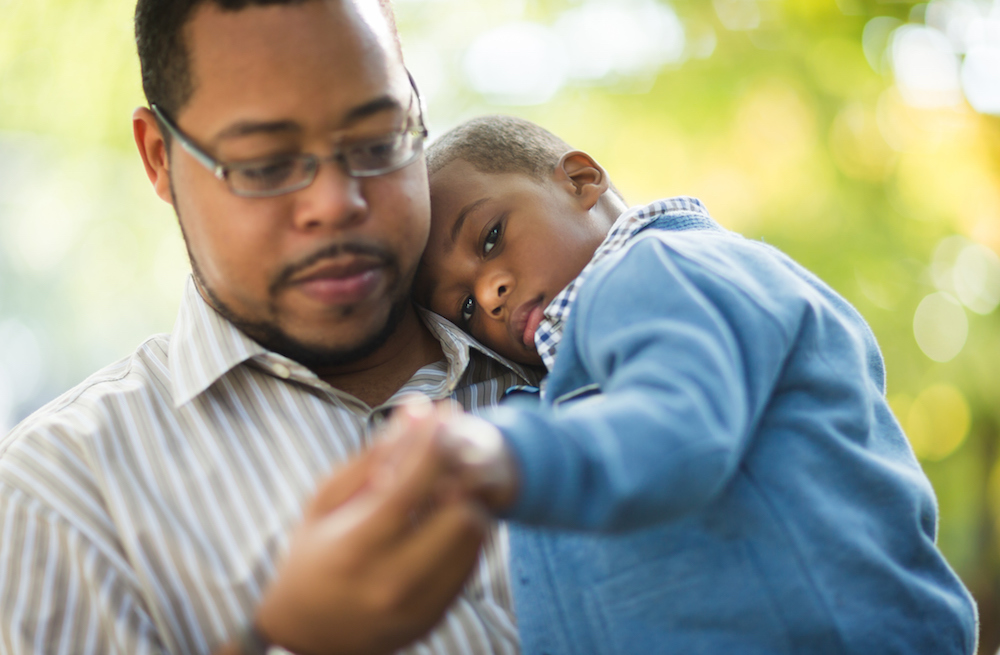
Image Source
It’s the same conversation every time … at a party, on the airplane, in line at the grocery store.
A well-meaning stranger asks me, “What do you do?”
I automatically reply, “I develop interventions for grieving kids.”
And then comes the long pause, usually a look of genuine concern, and then, “Wow. I don’t know how you do that. Must be so depressing.”
To some extent, this is true. Recognizing that children and adolescents, right here in our own backyard, are experiencing devastating events on a daily basis is depressing. Especially in light of the recent tragedy in Sutherland Springs, Texas, these events are all too common, and often too horrific for words. Despite the pain and anguish children must grapple with after traumatic deaths, working with grieving youth and observing their own inherent resiliency is one of the most inspiring and enlightening aspects of my job. I know I’m not alone in this as my entire team of clinicians has often expressed gratitude about being able to serve this unique population.
Grief, in particular, is unlike other mental health issues in that there is such thing as “good grief” (whereas we cannot say the same of depression, for example). Our bereaved patients continuously teach us what it means to grieve in adaptive ways by providing a window into their thoughts, feelings, and inner-most experiences, including critical life lessons. With the passage of time, grief has a way of putting everything in perspective, even for the youngest of our patients. In their own words, we hear, “I know I have to cherish every minute because life is short” (from a 12-year-old boy whose mother died of cancer). Grief also has a way of transforming tragedy into something meaningful, such as, “I’m going to be an engineer so I can make sure cars don’t break as much” (from a 9-year-old boy whose father died in a car accident). And finally, grief often has a way of helping us feel connected to our loved ones, even when they are no longer physically with us, “I know my dad is watching over me and protecting me. He’s my guardian angel now” (from a 10-year-old girl whose father died of a heart attack).
At the Trauma and Grief Center, we are learning more and more about the various ways in which children grieve. We know the vast majority of bereaved youth are able to adjust to their “new normal” and go on to lead healthy, happy, productive lives. By studying what helps these children and families to be naturally resilient over time, we have been able to harness those strengths and characteristics, and build them into our interventions. For example, we know there are both “internal” and “external” factors that can help children adjust after the death of a loved one. Internal factors include coping strategies, such as emotional expression. Children who are able to express their thoughts and feelings about the death tend to adjust better over the longer term. But children don’t cope with bereavement in isolation. In fact, a key “external” factor is “parental grief facilitation,” or specific parenting behaviors that help children grieve in adaptive ways. These parental behaviors include being engaged (making good eye contact, listening carefully to what their child is saying), talking about the deceased person and what that person loved or admired about the child, sharing comforting spiritual beliefs, and answering any questions the child may have about how the person died. The common theme across these various behaviors is the ability of parents to “meet the child where the child is at,” something that can be easily taught in the context of our psychosocial interventions.
At the Trauma and Grief Center, we feel privileged to be able to partner with our bereaved youth and families, and bear witness not only to their pain, but to their own growth and ability to make meaning of their losses. In honor of Children’s Grief Awareness Day, my hope is that adults will be less hesitant to talk to bereaved children about their experiences, more attuned to their unique needs and strengths, more open to what these courageous children have to teach us, and ultimately, more aware of what it truly means to “grow from grief.”